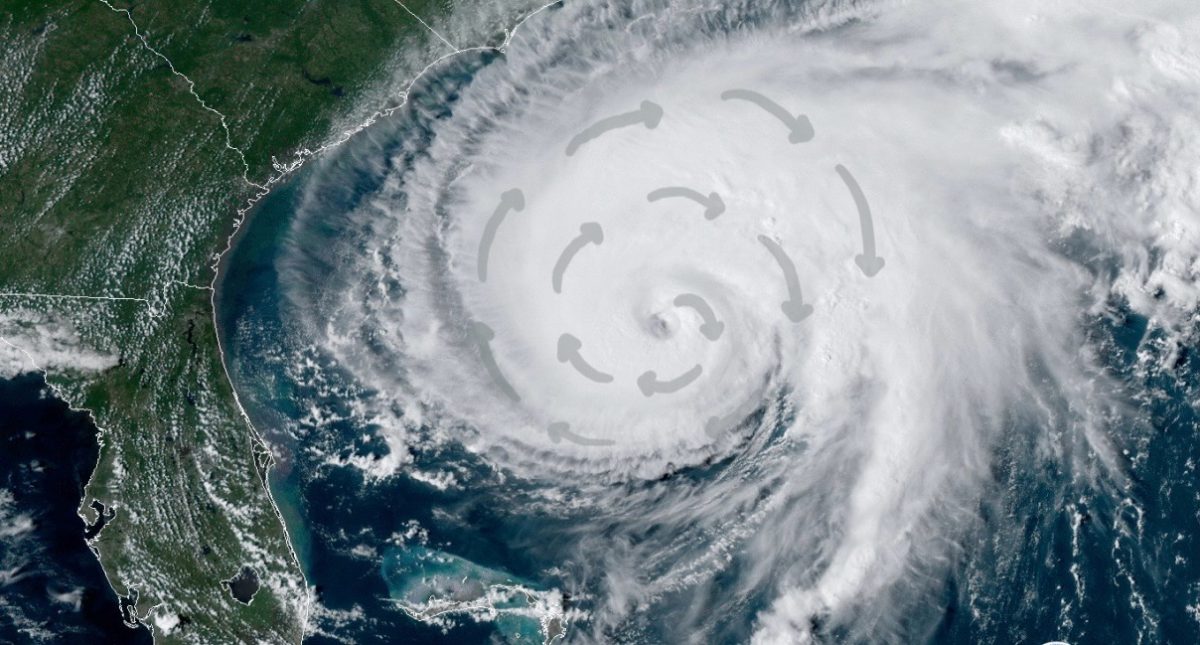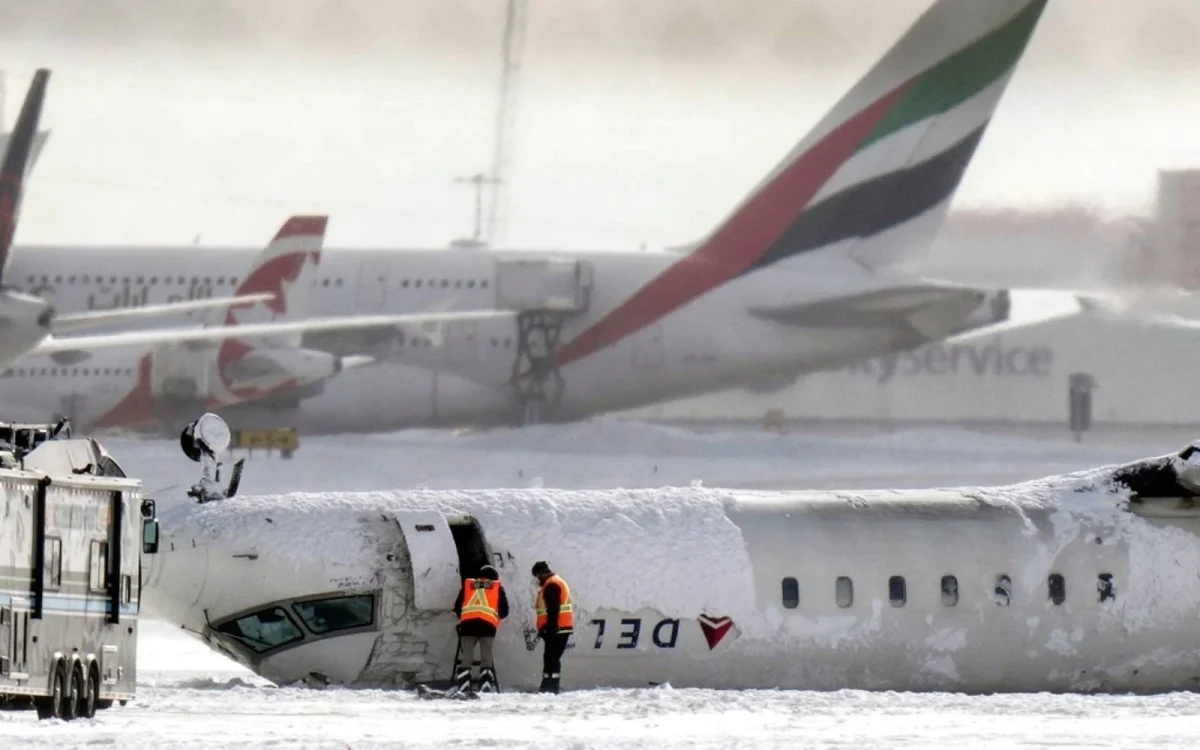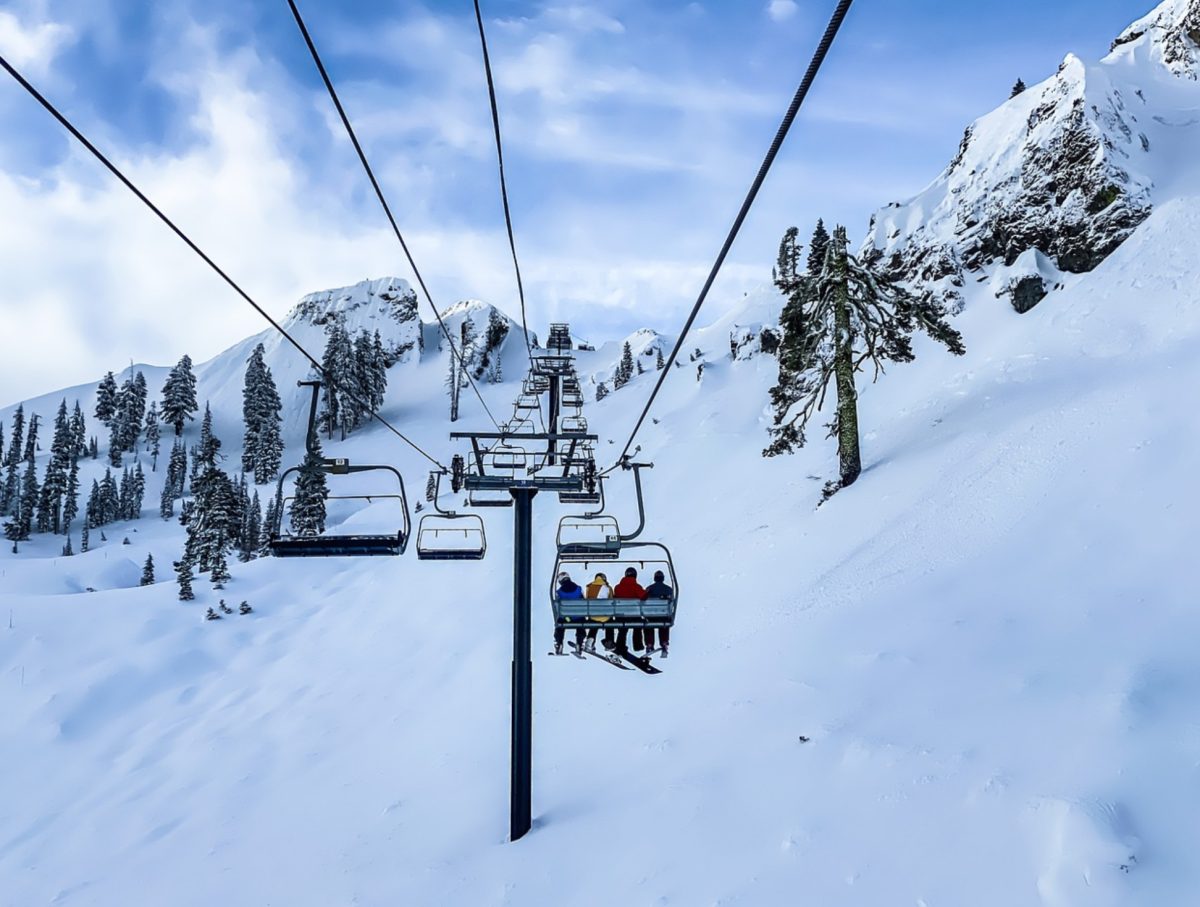As is evident by recent events, hurricanes are one of the most deadly and devastating natural disasters that occur on Earth. That being said, many people are unaware of how a hurricane actually comes to be and what the typical hurricane season tends to look like. Taking a closer look, have hurricanes actually worsened over time, and, in particular, why has this hurricane season been so active compared to the past?
A hurricane, also known as a tropical cyclone, is a storm that forms over tropical or subtropical waters. These storms are powerhouse weather events that take heat from tropical waters to fuel themselves. They develop over the ocean, often beginning as tropical waves, which are low pressure areas that move through the moisture-rich tropics. The main factors that contribute to hurricanes are a pre-existing weather disturbance, such as a tropical wave, and warm water that is at least 26.5°C over a depth of 50 meters of water. Other factors that contribute are low wind shear and thunderstorms, which can turn ocean heat into hurricane fuel.
The hurricane season extends from the beginning of June to the end of November, with September typically being the worst month for hurricanes. In any given year, there are an expected 14 named storms each season, and on average, seven become hurricanes and 3 become major hurricanes. Major hurricanes are characterized by a category-3 or higher in the Saffir-Simpson Hurricane Wind Scale. This year, however, the NOAA’s Climate Prediction Center predicted above-normal hurricane activity in the Atlantic basin, with a 90% chance of an above-normal season, a 10% chance of a near-normal season, and a negligible chance of a below-normal season. In the mid-season hurricane outlook, the NOAA updated the number of expected storms to 17-24 (with winds 39 mph or greater), of which 8-13 could become hurricanes (winds 74 mph or greater), including 4-7 major hurricanes (winds of 111 mph or greater).
“The hurricane season got off to an early and violent start with Hurricane Beryl, the earliest category-5 Atlantic hurricane on record,” said NOAA Administrator Rick Spinrad, Ph.D. “NOAA’s update to the hurricane seasonal outlook is an important reminder that the leak of hurricane season is right around the corner, when historically, the most significant impacts from hurricanes and tropical storms tend to occur.”
Just this year, there have been 13 named storms, including four tropical storms and nine hurricanes, of which four have been major hurricanes (Beryl, Helen, Kirk, and Milton). The Atlantic Ocean basin is expected to be remarkably active due to several factors, including warmer-than-average sea surface temperatures in the tropical Atlantic Ocean and Caribbean Sea, reduced vertical wind shear, weaker tropical Atlantic trade winds, and an enhanced west African monsoon. On July 1st, Hurricane Beryl became the earliest category-5 storm on record in the Atlantic basin. This hurricane caused considerable damage and an approximated 20 fatalities in several islands in the Caribbean Sea.
“Hurricane Beryl broke multiple long-standing records in the Atlantic basin, and we’re continuing to see the climatological hallmarks of an active season,” said NOAA’s lead hurricane season forecaster Matthew Rosencrans. “Sea surface temperatures remain abnormally high, and La Niña is still expected to emerge during the hurricane season, so the time to prepare is now.”
In the world as we know it, hurricanes are a completely unavoidable part of nature. However, as we inhabit the earth and make it our own, hurricanes have the potential to become much more fatal and frequent. Specifically, human-caused global warming has contributed to rising sea levels and warmer ocean water as land ice melts. This rising sea level makes storm surges worse as it causes more cyclones and increases the number of strong hurricanes.
As hurricanes continue to intensify, it is important to understand what typically causes hurricanes and what can be expected as the season progresses. While these natural disasters are unavoidable in nature, over time, humans have definitely contributed to the worsening of these storms. It’s no doubt that hurricanes cause an immense amount of damage, so it is crucial that humans realize how their actions may affect hurricanes while also taking the proper precautions in order to prevent the catastrophic outcomes of these storms.







